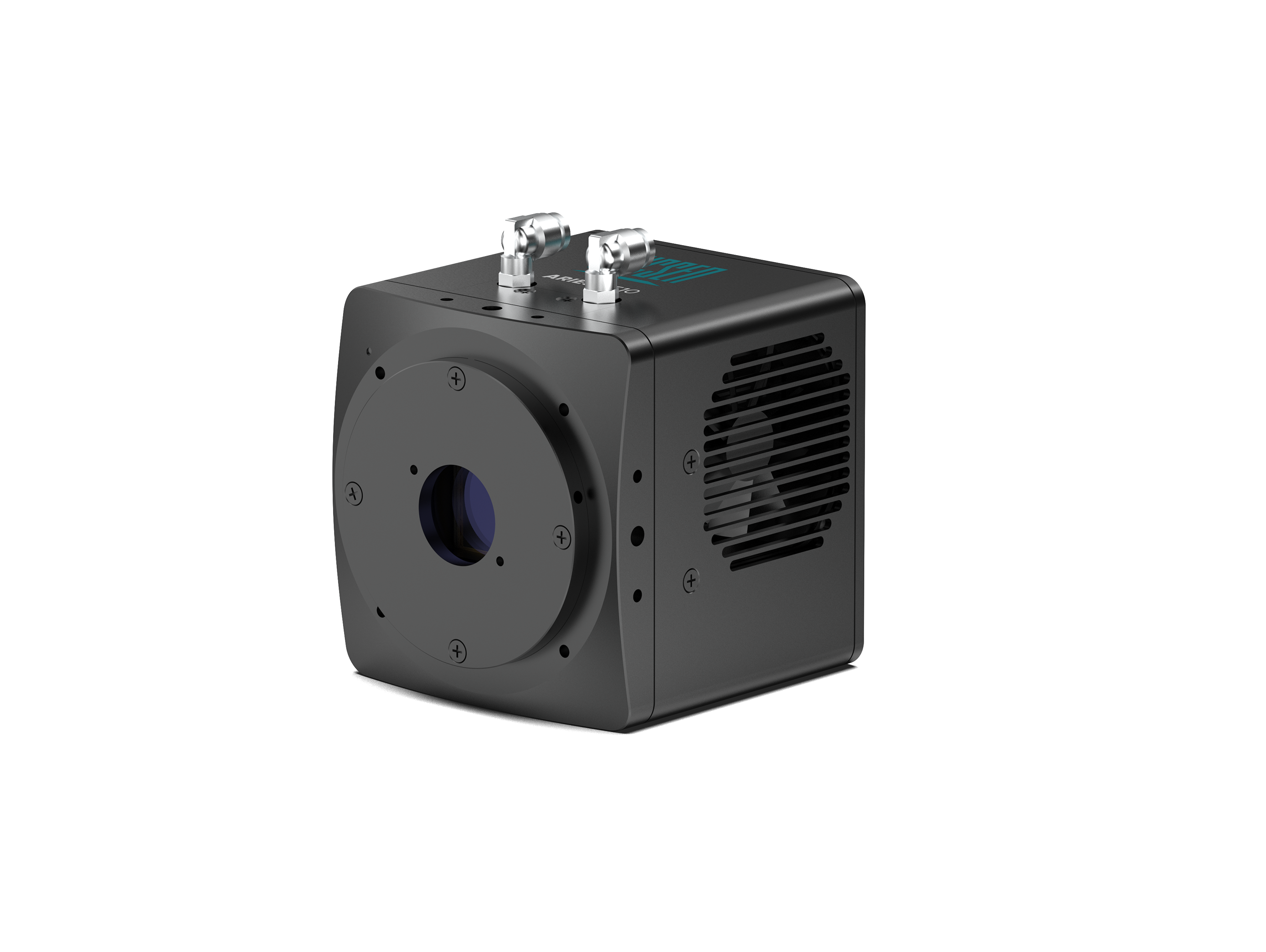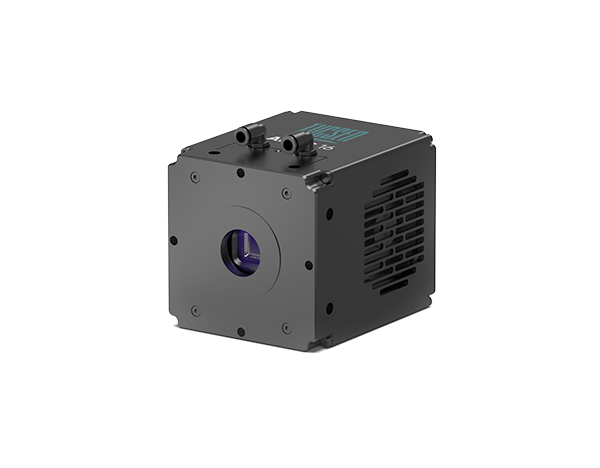Application Challenges
Single-molecule fluorescence imaging detects the emission from individual molecules to reveal their structural and dynamic behaviors, overcoming the limitations of ensemble measurements that obscure molecular heterogeneity. This technique integrates multiple imaging modalities—including point-scanning confocal, TIRF, FRET, and PALM/STORM—to elucidate critical molecular processes such as protein folding, receptor trafficking, and nucleic acid dynamics, and has become an indispensable tool in life science research.
Because single-molecule signals are inherently weak, the experiments impose stringent and diverse demands on the imaging system:
● Point-scanning confocal microscopy emphasizes background suppression and typically uses PMT or GaAsP detectors for signal acquisition.
● Super-resolution techniques such as PALM and STORM rely on high-quantum-efficiency, low-noise cameras to achieve millisecond-scale signal acquisition and nanometer-level localization precision.
● TIRF, FRET, and single-molecule tracking demand high signal-to-noise imaging under low light while capturing millisecond dynamics. These applications also require minimizing photobleaching and phototoxicity, placing high demands on camera sensitivity, speed, and stability.


Aries 6510
Large-Format 6.5 µm BSI sCMOS Camera
Quantum Efficiency: Peak QE up to 95%, near single-photon detection capability (<0.7 e⁻ readout noise)
Sensor Area & Resolution: 29.4 mm imaging area, 10.2 MP resolution, full-frame readout up to 150 fps.
Pixel Size: 6.5 µm, versatile across multiple magnifications.
Readout Modes: Multiple readout modes for optimized performance.
Interface: High-speed GigE interface.
Cooling: Forced-air cooling minimizes noise drift and ensures stable quantitative imaging.

Dhyana 400BSI V3
16 μm Large-Pixel BSI sCMOS Camera
16 μm large pixels provide ~6× higher photon collection efficiency than 6.5 μm pixels, greatly enhancing weak-light sensitivityUltra-low readout noise (~0.9 e⁻) and up to 90% quantum efficiency, enabling single-photon detection
Deep cooling up to 60°C below ambient effectively reduces dark current and improves SNR
High full-well capacity (~74 ke⁻) allows simultaneous measurement of strong and weak signals in complex light fields
HDR & low-noise readout modes support flexible switching between high-dynamic and weak-light imaging scenarios
Reliable and stable cooling minimizes data drift and improves measurement accuracy

Aries 16
16 μm Large-Pixel BSI sCMOS Camera
16 μm large pixels provide ~6× higher photon collection efficiency than 6.5 μm pixels, greatly enhancing weak-light sensitivityUltra-low readout noise (~0.9 e⁻) and up to 90% quantum efficiency, enabling single-photon detection
Deep cooling up to 60°C below ambient effectively reduces dark current and improves SNR
High full-well capacity (~74 ke⁻) allows simultaneous measurement of strong and weak signals in complex light fields
HDR & low-noise readout modes support flexible switching between high-dynamic and weak-light imaging scenarios
Reliable and stable cooling minimizes data drift and improves measurement accuracy











